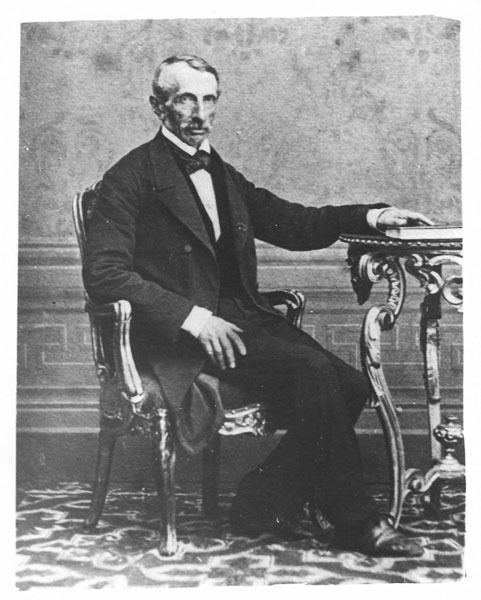Phone +39 050 221 2970 | Province Province of Pisa | |
 | ||
Address Via Roma, 79, 56011 Calci PI, Italy Hours Open today · 9AM–7PMWednesday9AM–7PMThursday9AM–7PMFriday9AM–7PMSaturday9AM–7PMSunday9AM–8PMMonday9AM–7PMTuesday9AM–7PMSuggest an edit Similar Pisa Charterhouse, Museo della Grafica, Palazzo Lanfranchi - Pisa, Orto botanico di Pisa, Museo degli Strumenti Profiles | ||
Cosa vedere dintorni pisa museo di storia naturale certosa di pisa a calci
Museo storia naturale di Pisa is an Italian natural history museum at Pisa. It is part of the University of Pisa and is now located in Pisa Charterhouse 10 km from the city of Pisa in the comune (municipality)of Calci.
Contents
- Cosa vedere dintorni pisa museo di storia naturale certosa di pisa a calci
- Galleries
- Vertebrate collections
- Mollusc collections
- Insect collections
- Fossils
- References
In 1596, Grand Duke Ferdinand I of Tuscany established the Museum of Natural History of the University of Pisa, transferring specimens from the Florentine palaces of the Medici, particularly from the Uffizi. This was expanded to serve the natural history faculties of the University of Pisa. Initially, the gallery was in the botanic gardens (Orto botanico di Pisa). The oldest collections in the museum are Niccolò Gualtieri’s shells. (In 1814, the Botanic Garden (directed by G. Savi) was separated from the Natural History Museum (directed by G.Santi) and in 1827, Paolo Savi, assembled more than five thousand zoological specimens which are mostly extant.
Galleries
Vertebrate collections
The museum contains the osteology collections of Richiardi Sebastiano. The bird collection consists of 9,000 mounts and c. 1,000 skins,275 (partial) skeletons, 1,100 eggs, 800 nests, and 450 anatomical.The bird collection is specialised in Italy, especially the Pisa area and Toscana region generally (e.g. the Savi coll also the Americas, Central & South Africa,Middle East, SE Asia, Australia, with birds of virtually all families and includes extinct birds like Fregilupus varius and Pinguinus impennis.
Mollusc collections
The museum contains shells collected by:
Insect collections
The museum contains insects collected by:
Fossils
The collection includes exceptional fossils from Italy for instance specimens from Monte Bolca.
